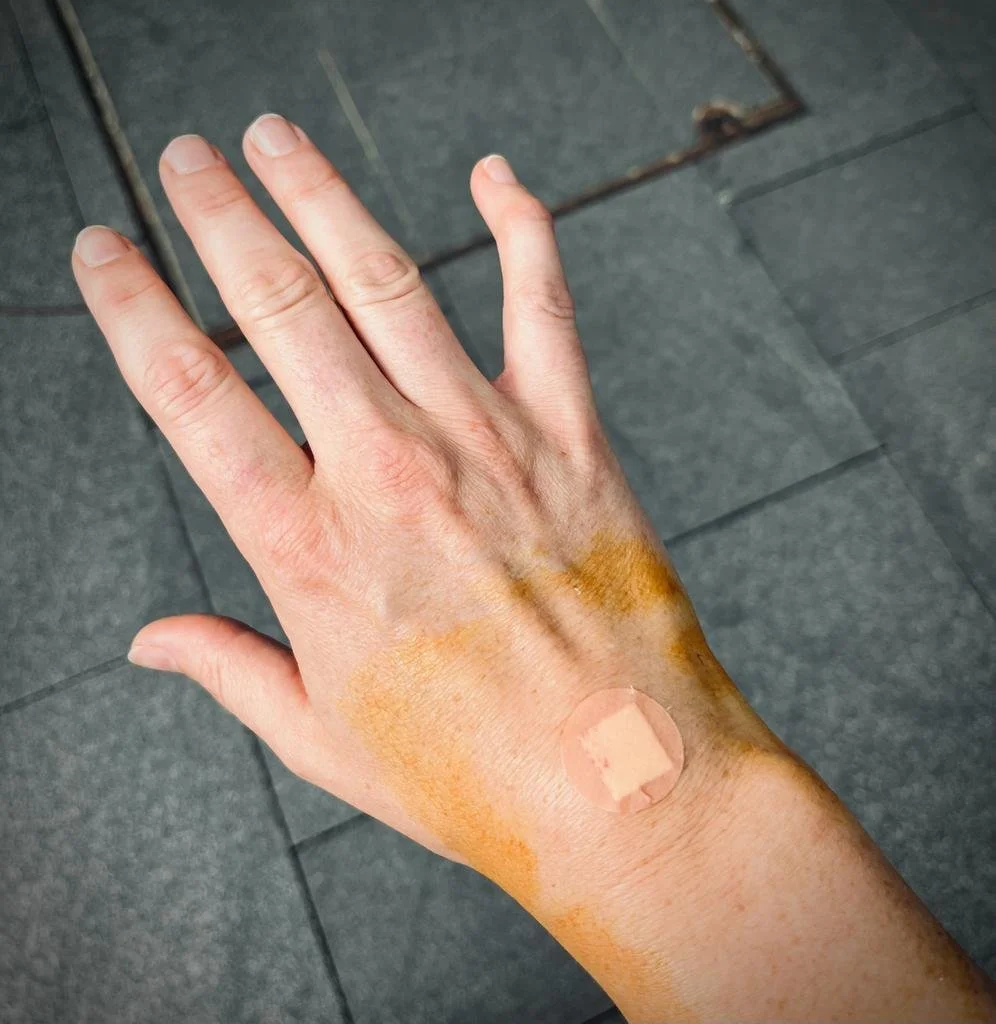Wrist Pain? Join the Gang(lion)
Most people would not believe me if I said I’ve never had wrist pain before despite working as a physiotherapist for over 10 years. But it was true until last year… and it wasn’t my work that tipped me over the edge, but pregnancy! Once my son was born, I immediately I had wrist problems. I was so focused on bub, I didn’t even get my wrists looked at, I just called my work and ordered a brace to slap on my wrist. I was using a brace most days for the first 8 weeks of my bubs life, getting used to holding, feeding, rocking him all day.
It settled after using the brace and I generally didn’t have problems for a year. Then my little friend the ganglion started poking his head out of the volar side of my wrist (the back side). My wrist range of motion started to get worse and worse, and I struggled to pick up (my now very heavy) toddler.
What is a ganglion? A ganglion is a cyst, that forms either from the synovial joint capsule or along a tendon sheath. They are most common around the hand and wrist, but can occur in the foot as well.
“Ganglion cysts are 3 times more common in women than men between 20 and 40 years of age.” I am the prime candidate!
Usually, they insidiously occur over time (i.e. with no exact cause), in my case it is likely the hormones in pregnancy combined with my new positioning to look after the baby contributed to the ganglion. Pregnancy hormones cause our ligaments to become a bit more stretchy, which likely led to a degree of instability in my wrist.
I was now at the stage where it was affecting my work and ability to play sport. My wrist only had about 50% of its normal range, I could not cope any longer. I called on my colleague at Optisports, Dr Dave Samra to check it out. I saw my regular GP for a referral, and Dr Samra went through my full history and we had X-rays of both my wrists to make sure we weren’t missing anything. The ultrasound clearly showed a large ganglion in the scapho-lunate joint. The intervention that was recommended: aspiration and injection of corticosteroid under local anaesthetic. I was keen, because my conservative treatment was no longer helping and this ganglion was quite a mass.
The procedure was done in Dr Samra’s rooms under ultrasound guidance, so he knows that he is in the correct area of the wrist. I tried not to look, but the physio in me couldn’t help myself. It was tricky to stay still, and the anaesthetic stung a little, but otherwise it was fine for me. I took pain relief and anti-inflammatory medication for a few days and the swelling from the procedure was gone in about 2 days. My range of motion improved dramatically after 1 week, I had 90% range back.
Wrist immediately post procedure
Unfortunately, conservative management doesn’t always do the trick. Admittedly, I was not my best patient, but I had persisted with bracing, avoiding painful activities and given this injury ample time to settle on it’s own. Multidisciplinary help is always the key to persistent problems!
It is worthwhile saying that most ganglions will settle on their own. A physiotherapist can help with diagnosis and bracing to settle things, but if it becomes a persistent issue, we can call on other specialists to help.

